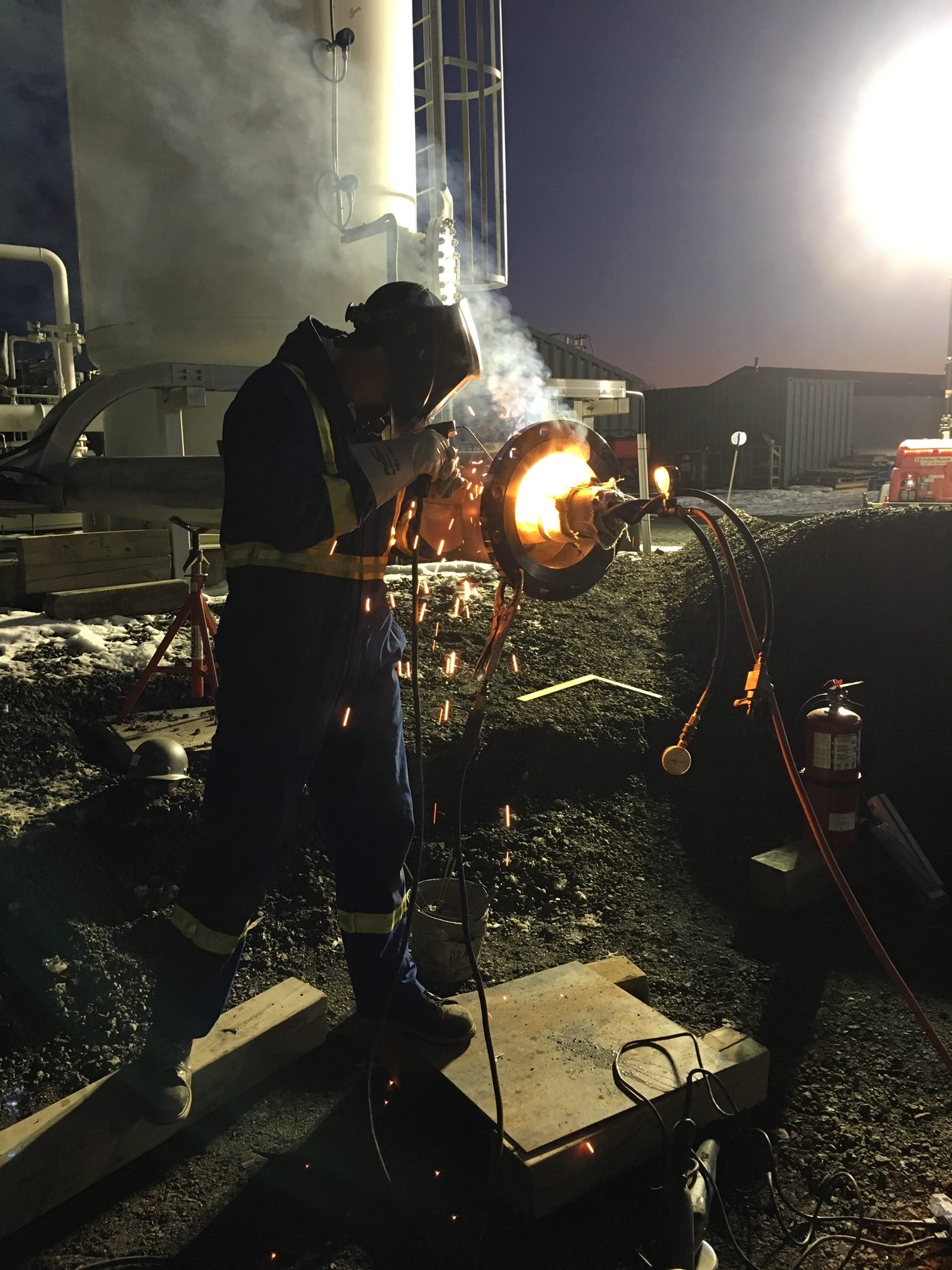
In today’s age of rapid and accelerating technological advancements, the contribution of the energy sector doesn’t go unnoticed. The energy sector powers almost all of the leading industries shaping the world economy. Welding is a key part of the infrastructure facilitating distribution, energy extraction and processing. In the world of petroleum infrastructure, the integrity of petroleum storage tanks is critical. Custom welding solutions play a pivotal role in ensuring that these storage facilities are not only efficient but also meet stringent safety standards. The implementation of welding technology depends on the type of industry it is being used in: upstream or downstream.
The Importance of Custom Welding
The Upstream sector focuses on extracting energy where environmental and operational conditions are harsh. Specialized processes help overcome the challenges posed by high temperature, extreme pressure and corrosive substances. The storage tanks are used to store different types of oil and gas products. These tanks have to be designed to withstand the corrosiveness of the petroleum product and environmental conditions at their location. Custom welding solutions play a key role in achieving necessary durability along with environmental safety norms. Since offshore facilities have a high probability of encountering hazardous situations, specific regions in the US and Canada have adopted special measures to ensure compliance, alleviate risks and abide by international safety regulation standards.
The Building of Petroleum Storage Tanks
In petroleum tank fabrication, multiple welding techniques are employed to ensure structural integrity and precision:
Shielded Metal Arc Welding (SMAW) – It is commonly called stick welding and is versatile. SMAW works well with thick steel used for petroleum tanks; it is most preferred for stick welding due to its simplicity, effectiveness, and outdoor conditions.
Gas Tungsten Arc Welding (GTAW) – GTAW, or TIG welding, is used for finer, high-quality welds. It offers greater precision and is best suited for welding the smaller, more fragile parts of the tank.
Submerged Arc Welding (SAW) – SAW is favored for its productivity, especially for bigger welding applications. This process applies to longitudinal welds in huge tanks and thus allows for great penetration with small exposure to the environment.
Tackling the Problems of Welding Petrol Tanks
In offshore rigs for oil and petroleum extraction, fire hazards and depressurization pose a great risk to human life and enterprise property. Specialized weld solutions need to solve a series of problems.
Leak avoidance – No leaks must be occurring through the welds because those can lead to environmental disasters.
Corrosion resistance – Weld materials must be selected to resist corrosion from petroleum products.
Structural integrity – Welds must maintain structural integrity under various stresses, including pressure changes and extreme weather conditions.
To mitigate the risks posed by heat-impacted zones, material compatibility, join and seam integrity issues as well as welding fuel tanks in tight spaces, using advanced welding equipment and quality assurance is a must.
Conclusion
Custom welding solutions are an essential part of the construction and maintenance of petroleum storage tanks. The future of welding in the petroleum industry looks towards increased automation and new welding technologies that promise greater efficiency and safety. As environmental regulations get tougher, the industry will adapt and employ advanced welding solutions that will meet the new challenges. Specialized techniques ensure that the tanks are not only compliant with rigorous safety standards but also able to meet the demands of storing petroleum products. With new advancements in technology, welding processes are becoming more reliable and secure, boosting the energy sector that relies on them.